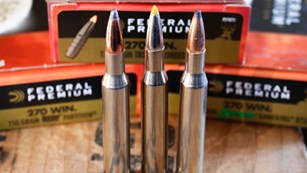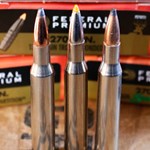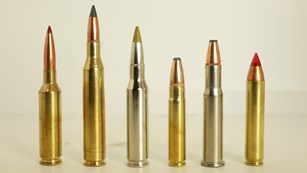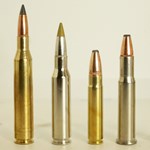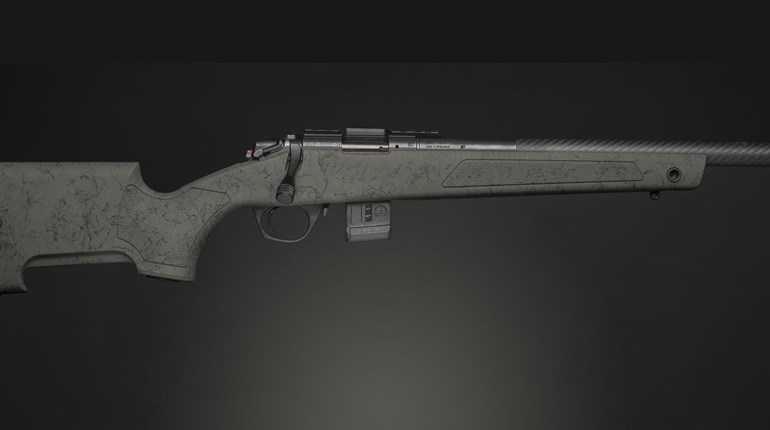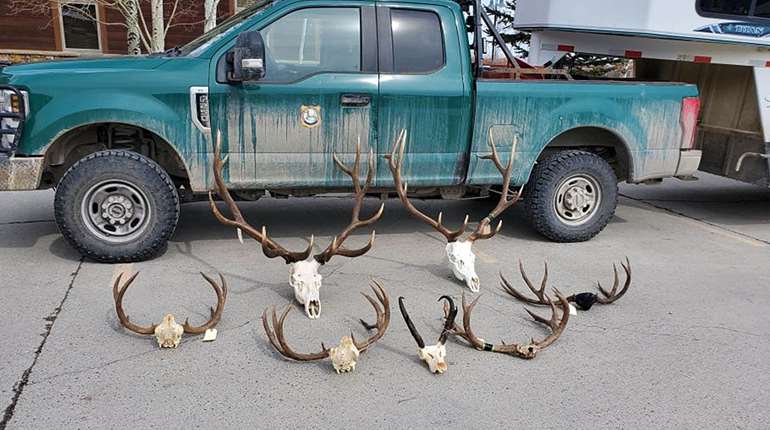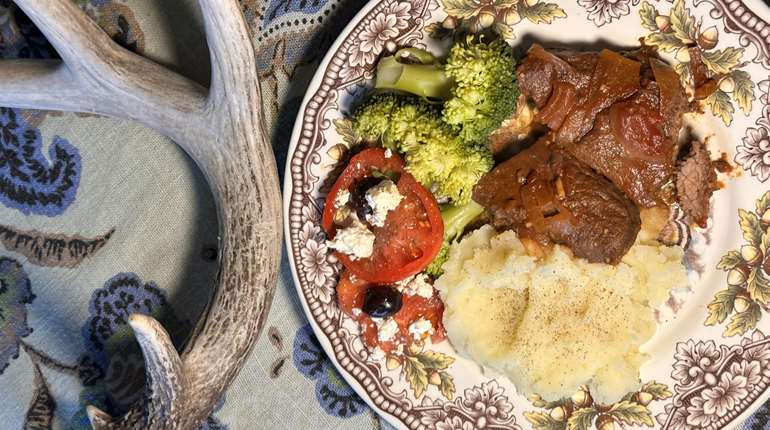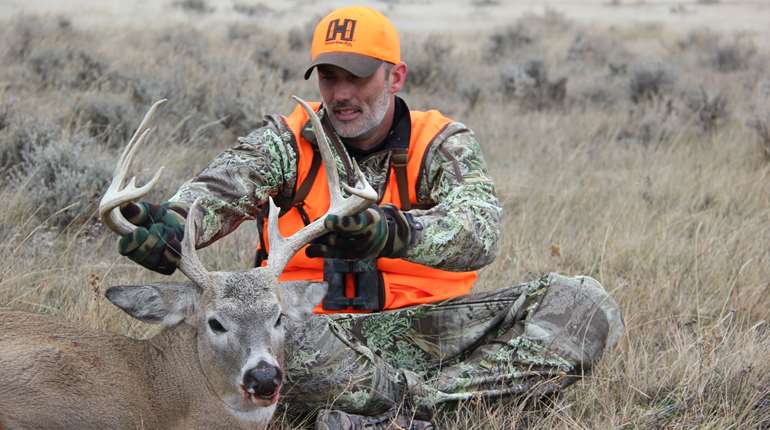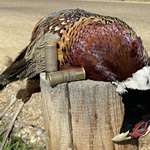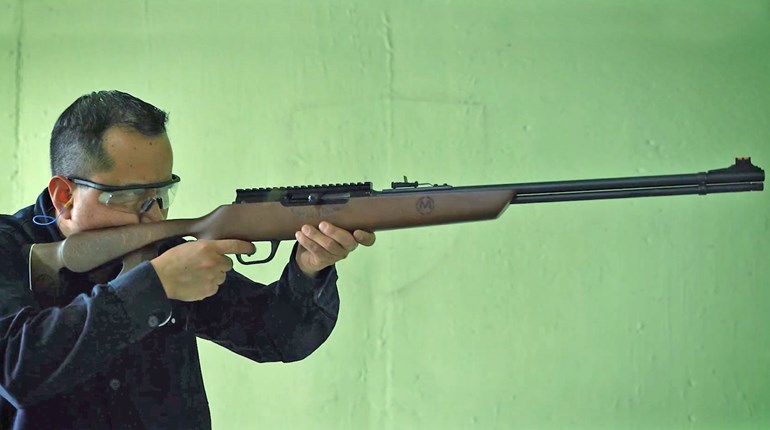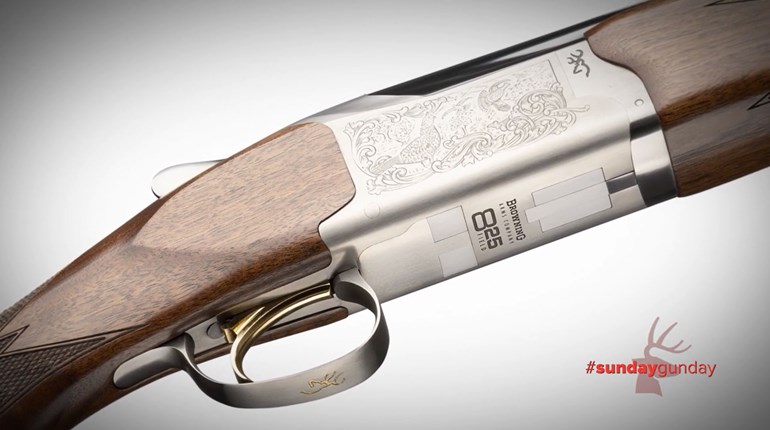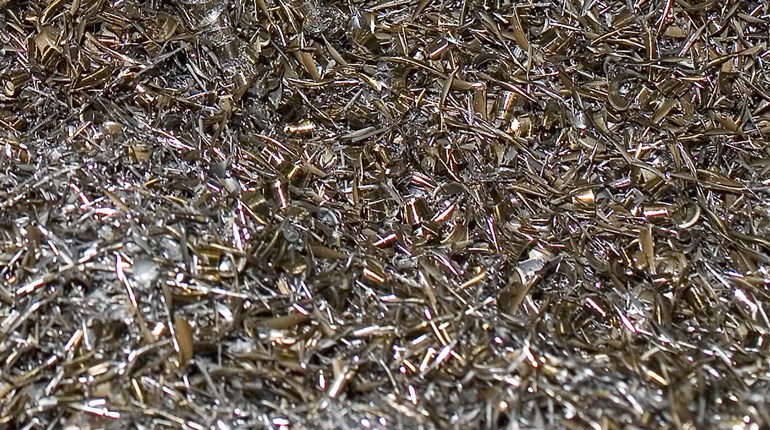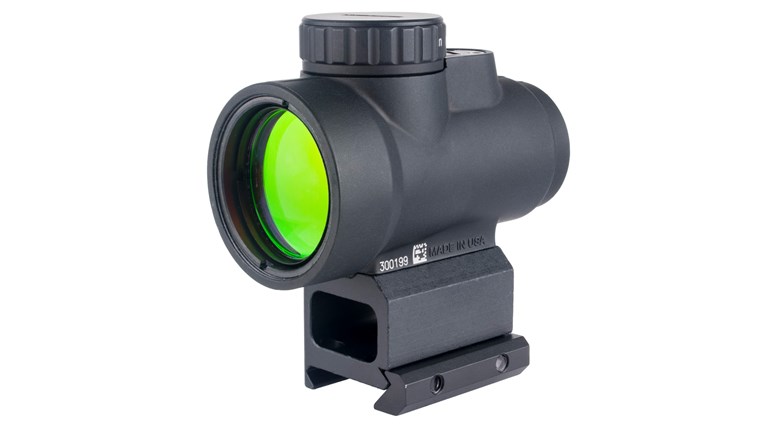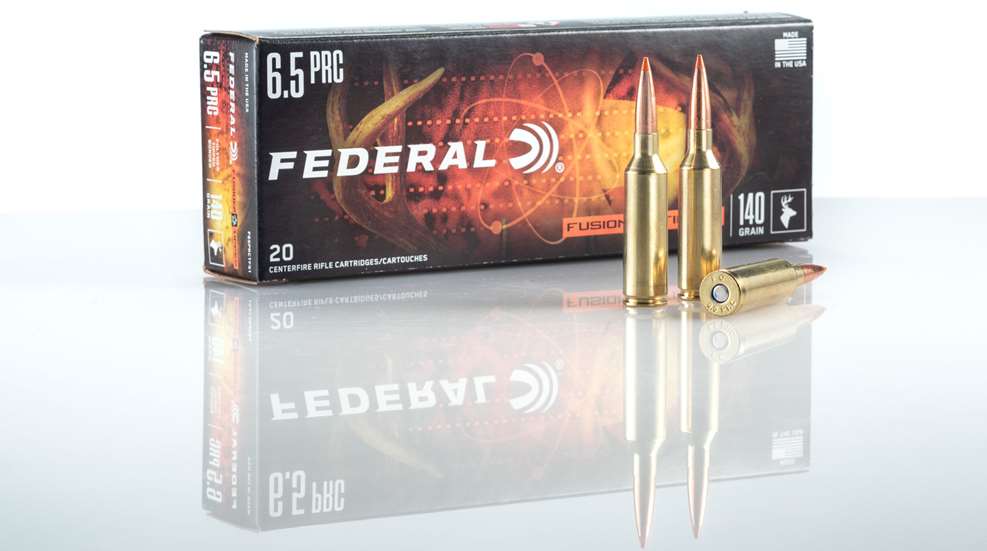
Federal introduced Fusion ammo in 2005 with whitetail deer hunters as the target market. The roots of the Fusion bullet can be traced back to the technology that Speer bullets developed to create their Gold Dot handgun bullets. They used a patented electroplating process to “grow” a jacket on the bullet’s lead core. This is similar to the process used to chrome plate a trailer hitch ball, except it results in a bullet with a jacket that is much thicker than chrome plating.
A Fusion bullet starts with a compression-formed lead core, which is plated to create a very uniform coating of jacket material. This bonds the jacket and core together as one solid piece comprised of two dissimilar metals. The resulting piece is then formed in a series of dies and forming stations to make a hunting bullet.
Federal’s Fusion ammo has proved itself in the (almost) 20 years since its introduction. It brings high-tech performance to affordable ammunition. However, it hasn’t been keeping up with the times.
No matter the ethics, long-range hunting is a thing now. The Fusion bullet was just not sleek enough for that crowd. They demand a high ballistic coefficient (BC) and extreme accuracy over all else. One thing that was lacking for those to happen and for this to be marketed as a long-range bullet, was a plastic tip.

The concept of a plastic tip on a rifle bullet was introduced in 1984 by Nosler as their Ballistic Tip bullet. When combined with a correctly designed bullet, a pointed plastic tip will result in a higher BC and better extended-range accuracy. Because of the sharply tapered tip, the bullet retains its velocity with more efficiency and so shoots flatter and hits harder downrange. The plastic tip concept was originally designed as a solution to tip deformation in lead-tipped bullets. This damage would result in variations in the BC from bullet to bullet, which would show up downrange as vertical stringing. The plastic tip resists deformation and the bullets stay uniform, which means a more consistent BC and better accuracy.
So in 2024, 19 years after the introduction of Fusion, Federal is introducing Fusion Tipped ammunition. The bullets are sleeker and now have a pointed, plastic tip. Based on Federal’s data, the increase in BC for the Fusion Tipped over conventional Fusion bullets varies from a gain of .090 points in the 6.5, 140-grain bullet to just .017 points in the 180-grain, .30-caliber. The average of the four new Tipped bullets is an improvement of .0425 points.
The G1 BCs for the new Tipped bullets are: 6.5, 140-grain, BC .529; .270, 150-grain, BC .495; 7mm, 175-grain, BC .575; and the .30, 180-grain, BC .501.
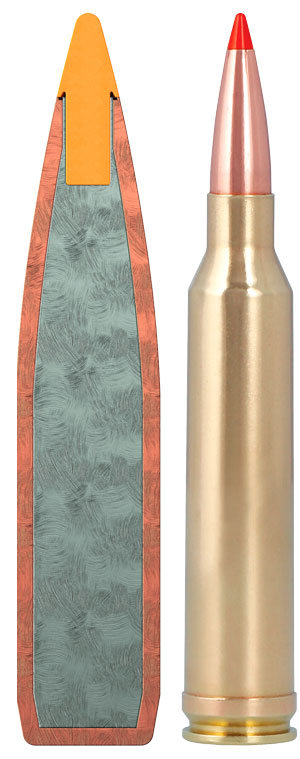
The 7mm PRC is a new cartridge, and I only had one rifle available for testing. For testing the others I used two different rifles. When there was an option I chose guns that I knew to be accurate. After all, I am testing ammo here, not guns.
It’s surprising and a little annoying that in the 6.5 Creedmoor, the off-the-shelf Savage 110 Magpul Hunter bested my very expensive custom rifle. It was only by .2 inch on average, and if I shot this test again the results might change. Still, the fact remains that particular Savage has long been the most accurate factory-made hunting rifle I have used.
On the other end, I expected the custom built 6.5 PRC Savage action chassis rifle to do a bit better. In fact, I know it can and has. Because the groups were pretty consistent, I’ll assume it simply does not like this ammo as well as some others. On the other hand, in the Savage 110 Ultralite Elite rifle, the Fusion Tipped proved to be the best shooting ammo I have tried, averaging .55 inch. I also think this is the gun and ammo that’s going to sit overwatch with me on some big clear-cuts this deer season.
The 7mm Remington Magnum is making a comeback of sorts, but I haven’t had a new rifle in that cartridge for many years. The first 7mm Magnum rifle in the test was an old Remington 700 Classic that I bought in the ’80s when the Classic was part of the Remington lineup. I spent some time digging up my old handwritten shooting logs from well before there were computers to store shooting data. The average group size over the long history of this rifle and many groups is 1.23 inches. The Fusion Tipped ammo bested that slightly.
The other 7 Mag is a Ruger No. 1 rifle I have had since 1990. Over the years I have had a love-hate relationship with the rifle, due to its promiscuous approach to accuracy. Based on these results, it’s back in the love phase with Fusion Tipped ammo matching its personal best, which was with a tuned handload.
The 7mm PRC rifle is a Savage Impulse Mountain Hunter that I have been using for about a year. This is a very accurate rifle, and two of the three groups measured .8 inch. The third skewed the results a bit at 1.4 inches. I think it’s safe to say the .8 is a better representation of its potential.
Overall, the accuracy performance for the Fusion Tipped ammo tested is excellent across the board.
According to Federal, the minimum impact velocity to create at least 1.7 times caliber expansion in 10 percent ballistic gel for Fusion Tipped bullets is 1800 fps—pretty much the same as the classic Fusion, or slightly lower.
For terminal performance I only have very limited data provided by Federal. However, it appears from the information provided that the Fusion Tipped bullet is a bit softer than the longstanding Fusion bullets. The Fusion Tipped shows a lower retained weight and a bit less penetration than Fusion. How that translates to the hunting woods remains to be seen. My guess is that most hunters will probably never notice the difference and it’s only we ballistic nerds who care.

Federal Fusion Tipped Ammo
- federalpremium.com
- Cartridges and Bullet Weights Available: 6.5 Creedmoor, 140-gr.; 6.5 PRC, 140-gr.; .270 Win, 150-gr.; 7mm Rem. Mag., 175-gr.; 7 PRC, 175-gr.; .308 Win., 175-gr.; .30-06 Sprg., 180-gr.; .300 Win. Mag., 180-gr.
- Bullet Type(s)/Style(s): bonded core, polymer tip
- Ballistic Coefficient (BC): .529 (6.5mm, 140-gr.); .495 (.270, 150-gr.); .575 (7mm, 175-gr.); .501 (.30, 180-gr.)
- Muzzle Velocity (fps): 2715 (6.5 Creedmoor, 140-gr.); 2975 (6.5 PRC, 140-gr.); 2775 (7mm Rem. Mag., 175-gr.); 2925 (7 PRC, 175-gr.); 2600 (.308 Win., 180-gr.)
- Muzzle Energy (ft.-lbs.): 2,291 (6.5 Creedmoor, 140-gr.); 2,751 (6.5 PRC, 140-gr.); 2,992 (7mm Rem. Mag., 175-gr.); 3,324 (7 PRC, 175-gr.); 2,702 (.308 Win., 180-gr.)
- Uses: hogs, big game
- MSRP per box: $52.99-$72.99/20-rnd.


